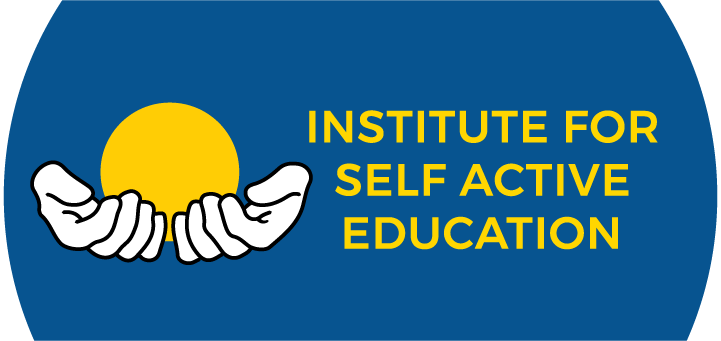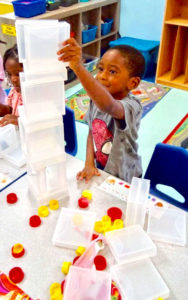The principles of self-active play are rooted in the belief that adults as well as children have a developmental need to experience our own creativity through self-expression, self-active play and art making.
This approach to teaching and learning is built on several guiding assumptions:
- Play with concrete open-ended materials offers a powerful medium.
- Children and adults who are skilled at play with both things and ideas have more power, influence, and capacity to create meaningful lives.
- Play can build capacities like problem solving, persistence, and collaboration that we draw on throughout our lives.
- Play is a powerful mode of response to new experiences where the content and meaning are ambiguous and the outcome uncertain.
- A playful attitude enables the mind to remain open to explore and imagine a wider range of possibilities when seeking answers to new experiences.
- Play can and should be taught to children, teachers, and parents alike through direct experience.
- Teaching play requires setting the stage for learning by creating a safe accepting environment for hands-on activities, reflection, and dialogue—as well as for investigating theory and practice.
- Play is an integral part of the curriculum, opening the door to more engaging hands-on problem solving and inspiring projects.
- Play is a natural organizing framework for integrating academic learning
experiences in mathematics, science, literacy, and social studies. - As children and adults play and work together, we can discuss differences of opinion and seek civilized ways of settling them. As we share emotions and thoughts, we gain insight into perspectives other than ours and discover that we are not so different from peers. This process helps us learn how to become positive and contributing members of the community.
“Play is the self-active representation of the inner life from inner impulse and necessity. The child who is absorbing from his environment materials with which he is building his own world clarifies and orders his own experience through its constant expression in play.” (Friedrich Froebel, 1904).






